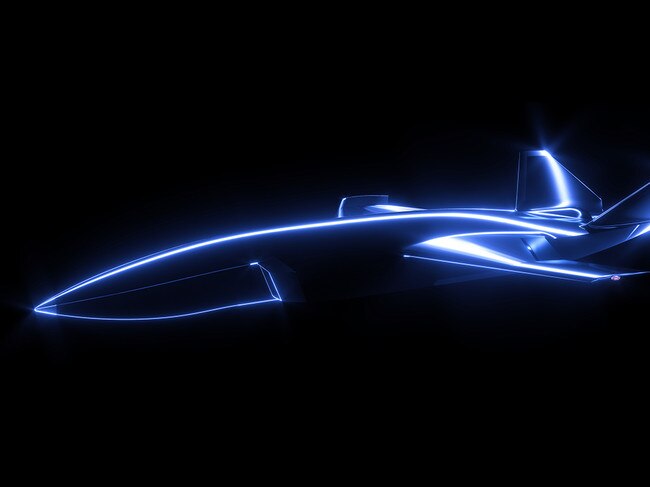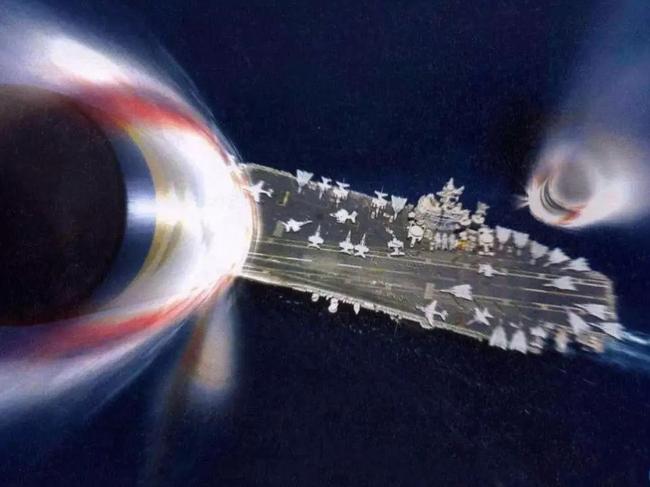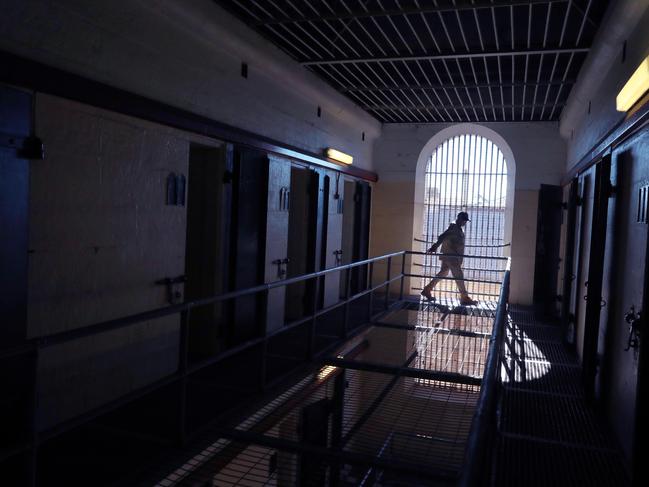
Do you have what it takes to be a correctional officer?
They work across the state’s prisons and deal with some of NSW’s most dangerous criminals, but what exactly does it take to be a corrective services officer?

They work across the state’s prisons and deal with some of NSW’s most dangerous criminals, but what exactly does it take to be a corrective services officer?

Aussie travellers and ex-pats have revealed how they will join millions of people gathering in London to commemorate Queen Elizabeth II during her funeral.

As millions across the globe stop to pay tribute to the Queen on the day of her funeral, the children who met her on her whirlwind 1954 tour of Australia recount the day the Queen rolled into town.

Reva Blowfield was given another patient’s meds and was refused vital treatment while in a dirty hospital bed. She is one of many Aussies who have exposed horrific incidents in our hospitals.

This isn’t just another flare-up. Israel has declared its intention to seize control of Palestine. And recent missile strikes may be the trigger Prime Minister Benjamin Netanyahu has been waiting for.

THE bomber shuddered. Tortured metal screamed. Failing engines whined. Then one of Australia’s most famous World War II bomber pilot bellowed: ‘Bail out, now!’

SURVEILLANCE grenades. Portable artificial intelligence. Snipers. Booby traps. The world’s wars are changing and Australian scientists are on the frontline to help fight them.

WHAT’s poisoning our best pilots? Royal Australian Air Force combat aircrew are suffering confusion and breathing problems. But nobody knows why.

HOW do we tell the difference between people who will one day commit a terrorist act, and those who are merely blowing hot air? Researchers have given us an answer.

Australia’s defence force exists “to deter, deny and defeat any attempt by a hostile country or non-state actor to attack, threaten or coerce us”. But things are changing fast.

They’re lethal, cheap and smart. Australia’s air force will become one of the first in the world to put ‘killer robots’ in the skies alongside its combat pilots.

Do you trust Tesla with your life? Facebook as a police force? Does Google offer good government? So why are we giving their algorithms so much unaccountable control over our society?

They’re difficult to detect. Even harder to hit. And dodging them may not be an option. Hypersonic weapons have arrived. And they could send warfare back to the trenches.

Paranormal activity at the Old Parramatta Gaol has got so rampant that the “house full” sign has now gone up on ghosts as some Aboriginal people refuse to go on site after dark.
Original URL: https://www.goldcoastbulletin.com.au/in-depth/page/13